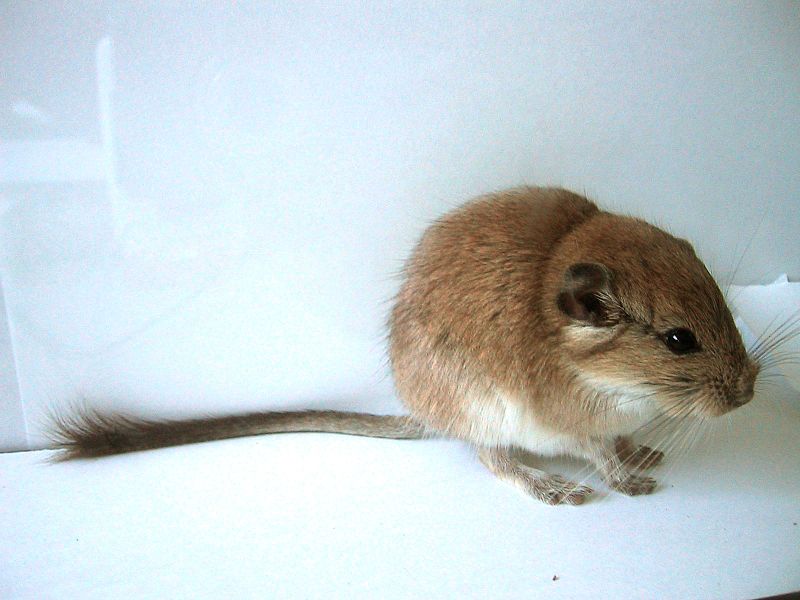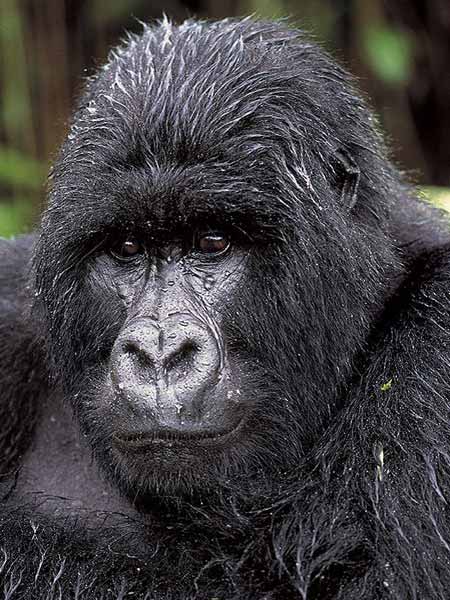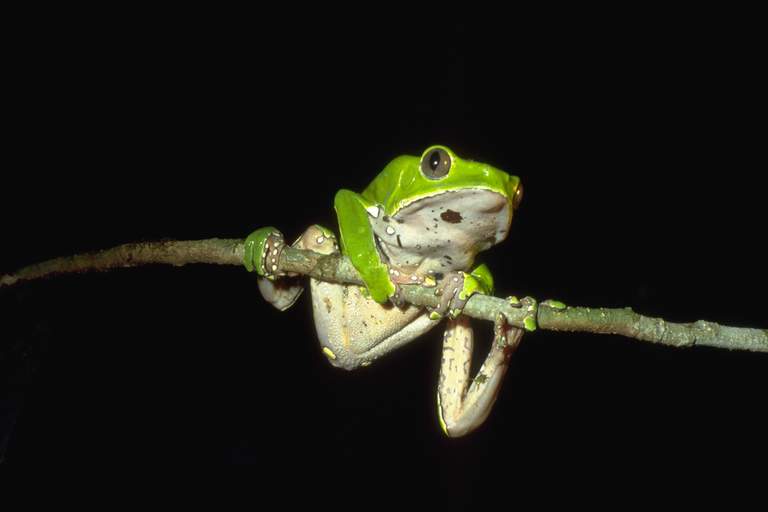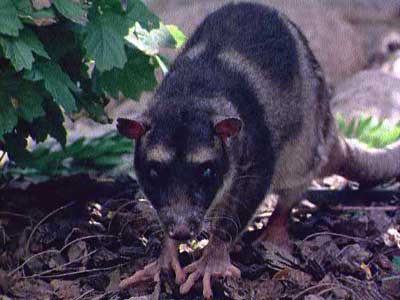
Today we are going to explore the life and times of a little rodent known as the Plains Viscacha Rat. There isn’t a whole lot of information on this cute little mammal so we are going to have to do some of our own research. In order to conduct this study of ours we need to take a trip to an isolated section of central, western Argentina where this rat is trying very hard to make a living. Unfortunately due to their isolated distribution range and increasing human disturbance these little guys are classified as “Vulnerable” with a high risk of becoming extinct in the near future. I guess this means we had better get to South America as quick as we can so we don’t miss our chance.
Double The Fun
The Plains Viscacha Rat had it’s five minutes of fame when researchers discovered these tiny little rodents have more diploid chromosomes than any other living animal on this great planet of ours. That’s right, they have 102 chromosomes, which effectively destroyed the theory that higher evolved animals have more chromosomes…considering humans only have 46. Scientists believe that the Plains Viscacha Rat came into being when the Mountain Viscacha Rat experienced a few errors in their cell division (during mitosis and meiosis). This presumably lead to a doubling of their chromosomes and gave rise to our featured animal. What lesson can we take from this? Even the biggest mistakes can have positive consequences so don’t be afraid to make an error.

A Salty Rodent
So what else do we know about this small rodent? Well, we know they enjoy living in very dry, sandy or scrubland areas where they can easily dig a nice looking burrow for them and their family. Actually, their burrowing behaviour is quite impressive. The Plains Viscacha Rat is known to create large, complex burrows underground in which they relax in during the hot desert days. Once the sun sets though, these rodents will emerge from their underground dwellings to look for salt-loving plants (since the habitat this rodent lives in is very salty). In order to combat the excess salt, the Plains Viscacha Rat will use tiny hairs on the side of their mouth to scrape off the excess salt. After all, too much salt is not part of a healthy diet, even if you have kidney’s that can tolerate higher sodium levels such as the Plains Viscacha Rat.






